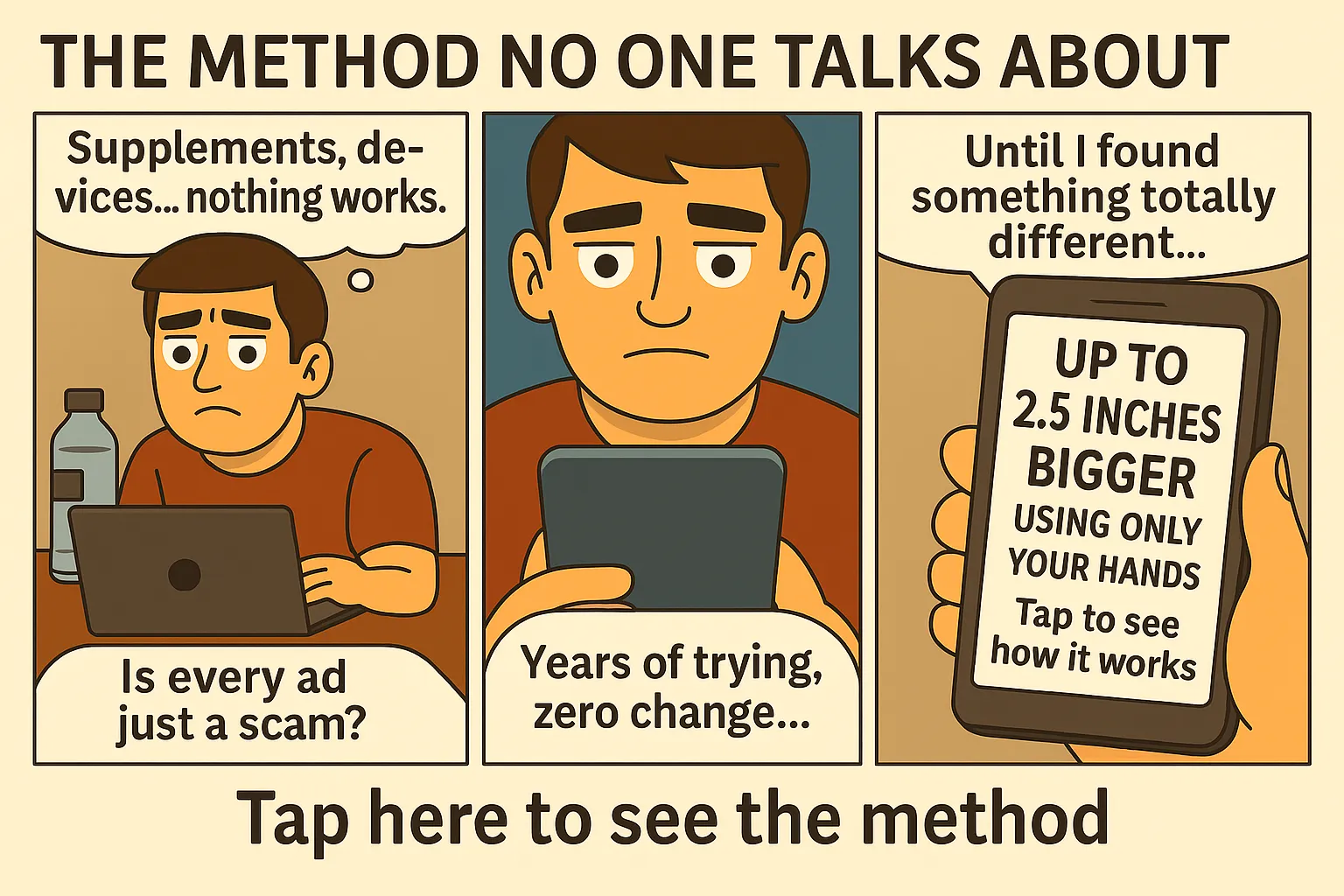The Truth About Training: One Builds Testosterone, the Other Kills It
When it comes to building hormonal dominance, the battle between cardio vs lifting for testosterone is more than fitness—it’s biological warfare. One path boosts masculine energy. The other might sabotage it. If you’re training for size, sex drive, or strength, choosing the right method isn’t optional—it’s critical.
The Hormonal Truth: Lifting Beats Cardio
Study after study confirms that resistance training causes a significant, measurable spike in free testosterone and growth hormone—especially when performed with heavy compound lifts. In contrast, excessive cardio can raise cortisol, reduce testosterone, and increase catabolism (muscle breakdown). In short: one builds, the other burns.
What the Science Says
- Weightlifting: Increases luteinizing hormone, which signals testosterone production in the testes. Boosts dopamine and androgen receptor sensitivity. Maximizes T release post-training (especially squats and deadlifts).
- Cardio: Long-duration aerobic exercise (>45 min) raises cortisol, which suppresses testosterone. Chronic endurance training is linked to lower sperm count and decreased libido.
Should You Quit Cardio Completely?
No—but you must be strategic. Sprints, HIIT (high-intensity interval training), and weighted carries simulate ancestral movement patterns and actually support testosterone. But long, slow jogs and steady-state cardio beyond 40 minutes become catabolic. The key is intensity and duration.
How Testosterone Reacts to Each Training Style
Masculinity thrives on explosive, intense effort. Lifting heavy challenges your nervous system, stimulates fast-twitch muscle fibers, and forces an adaptive hormonal surge. Cardio, when overused, trains the body for efficiency—not power. It reduces muscle mass, lowers aggression, and shrinks androgen receptors over time.
Physical Signs of Testosterone-Optimized Training
- Increased vascularity and strength
- Lower body fat and higher muscle density
- Stronger libido and harder erections
- Deeper voice and more facial hair
- Improved confidence and assertiveness
Signs Your Cardio Is Hurting You
- Loss of muscle mass and definition
- Weaker libido, reduced morning wood
- Joint pain or inflammation
- Plateaued or declining strength
- Feeling “flat” or low-aggression after training
Cardio That Works with Testosterone
Here’s how to keep your heart healthy without wrecking your hormones:
- ☑ Sprint intervals (6–8 rounds, 20s work, 90s rest)
- ☑ Ruck walks with weight vest (30–45 minutes max)
- ☑ Sled pushes, battle ropes, or tire flips (2–3x/week)
- ☑ Jump rope (short bursts for coordination + testosterone support)
How to Structure Your Week for Maximum T
Want the perfect balance of training for muscle, heart, and hormones?
- Monday: Heavy squat + upper body push
- Tuesday: Sprint intervals + mobility
- Wednesday: Deadlifts + back day
- Friday: Overhead press + arms
- Saturday: HIIT or ruck march (short)
Cardio Can Help—When You’re Grounded in Lifting First
Cardio isn’t evil. It’s just misused. Most men who overdo cardio are chasing aesthetics or weight loss while sacrificing strength and hormones. Flip the script. Make lifting your foundation. Use cardio sparingly, intentionally, and explosively. Then you’ll get lean without losing edge.
Want to transform your body, stamina, and testosterone naturally—without wrecking hormones? Start the complete protocol here.
Explore More Masculine Strategies
The Testosterone Curve After Training
After intense resistance training, testosterone spikes for 15–30 minutes, triggering protein synthesis and libido-enhancing signals. That’s why many men feel more confident, focused, and sexually charged post-lift. On the flip side, long cardio sessions often leave men depleted—flat mood, brain fog, and even low-grade anxiety due to cortisol dominance.
Why Lifting Wins for Masculine Physiology
Heavy lifting promotes fast-twitch muscle fiber growth, critical for explosive power and muscle density. These fibers are directly linked to testosterone receptor sites. Cardio prioritizes slow-twitch endurance fibers, which are smaller, less androgen-sensitive, and more efficient at using oxygen—not building power. It’s like choosing between a sprinter’s body or a marathon runner’s—one screams testosterone, the other doesn’t.
The Psychological Shift: Aggression vs. Endurance
Cardio requires discipline, yes—but lifting requires domination. It teaches a man to attack a challenge head-on. Each heavy rep sharpens aggression into focus. Cardio, especially long-form, tends to soften mindset, training men to endure rather than conquer. Masculinity thrives on pressure met with force.
Cardio and Muscle Loss: A Real Threat
Extended cardio, especially in caloric deficit, taps into muscle tissue for fuel. Studies show endurance athletes often have lower lean body mass and decreased testosterone compared to strength athletes. Without enough resistance stimulus, your body adapts by shedding what it no longer needs—muscle and testosterone production included.
What About Heart Health?
Lifting isn’t just for muscle. Compound lifts improve cardiovascular health by increasing stroke volume, reducing resting heart rate, and enhancing vascularity. You don’t need endless miles to protect your heart—you need strong blood flow, mitochondrial health, and inflammation control, all of which heavy lifting supports better than chronic cardio.
Checklist: Testosterone-Friendly Training Habits
- ☑ Lift heavy 3–4x per week (big compound movements)
- ☑ Limit cardio to 2 short intense sessions weekly
- ☑ Avoid fasted cardio unless cycling carbs intelligently
- ☑ Sleep 7–9 hours per night to lock in hormonal gains
- ☑ Prioritize animal protein, cholesterol, and zinc-rich foods
- ☑ Use cold exposure and sunlight for hormonal recovery
- ☑ Track mood, aggression, and libido weekly as feedback
Case Study: A Tale of Two Men
One man runs 6km every day, eats light, avoids weights, and sleeps erratically. He’s lean, but tired, low libido, and often anxious. Another lifts heavy, sprints twice weekly, eats steak and eggs, grounds in the sun, and sleeps like a wolf. His voice deepens, confidence rises, and erections are rock-solid. Hormones don’t lie. Neither does energy.
What Happens When You Ditch the Treadmill
Men who stop chronic cardio and start lifting report huge shifts: more muscle, better sex, deeper sleep, and mental sharpness. You don’t need to train more—you need to train harder, heavier, and smarter. Your body thrives under pressure, not repetition.
Why Most Fitness Advice Is Feminized
Modern fitness culture often promotes calorie-burning and fat loss above strength, aggression, and testosterone. This soft approach serves mass markets—but not masculine biology. Men aren’t built to “burn calories.” We’re built to build, lift, fight, and conquer. Lifting honors your nature. Chronic cardio diminishes it.
The Ideal Testosterone-Boosting Week
This is the hormonal blueprint for a high-performance man:
- Monday: Heavy squats + overhead press
- Tuesday: Sprint intervals + sunlight exposure
- Wednesday: Deadlifts + barbell rows
- Thursday: Sauna + cold plunge (recovery)
- Friday: Weighted pull-ups + dips
- Saturday: HIIT (sled push, tire flips)
- Sunday: Grounding walk + deep rest
Final Insight: Cardio Is a Tool — Lifting Is a Foundation
If you’re tired of feeling flat, low energy, and soft—look at your training. Are you pushing your body like a man, or pacifying it with endless steps and sweat? Strength creates testosterone. Testosterone creates energy. And energy creates legacy. Lift heavy. Sprint short. Live dominant.
For the full method to build size, power, and hormonal health naturally, access the protocol here.
Build Even More Masculine Power
The Psychology Behind Testosterone Training
Men need friction to grow. Testosterone isn’t just a hormone—it’s a psychological force. It drives assertiveness, focus, sexual energy, and bold decision-making. When your training lacks resistance, intensity, and explosive demand, your T drops—not just in blood, but in behavior. Cardio doesn’t challenge the masculine mind. Lifting does.
Common Training Mistakes That Kill Your T
- ❌ Doing cardio before lifting — blunts power and hormonal output
- ❌ Overtraining without recovery — chronic fatigue equals low testosterone
- ❌ Under-eating protein and cholesterol — no building blocks = no hormones
- ❌ Chasing “calorie burn” instead of strength goals
- ❌ Ignoring heavy lifts out of fear or ego
Training Is a Message to Your Biology
Every workout tells your body who to become. Lifting says: “Grow stronger.” Sprinting says: “Be explosive.” Cardio says: “Be efficient.” Choose your signal wisely. If your goal is dominance, vitality, sex drive, and presence—stop sending mixed messages. Train like your legacy depends on it.
Final Message: Testosterone Isn’t Given—It’s Earned
No supplement will replace a lifestyle of strength. No cardio session will forge grit. The strongest men don’t jog—they charge. They lift. They recover. And they command. Want to wake up with drive, direction, and sexual intensity? Then earn it under the bar, in the cold, and with clarity.
Your testosterone is waiting. Start building it now.
The Battle Is Internal—and the Weapon Is Iron
Masculinity isn’t built through reps alone—it’s forged through intent. The man who trains with purpose lifts differently, lives differently, leads differently. So drop the soft routines. Pick up the weight. Sprint like a warrior. Train with testosterone in mind—and watch your entire life transform.
FAQs About Cardio, Lifting, and Testosterone 🧬
Is all cardio bad for testosterone?
No. High-intensity, short-duration cardio like sprints and weighted carries can support testosterone. The problem lies in chronic, long-duration endurance cardio, which raises cortisol and reduces T production over time.
Can I do both lifting and cardio in the same week?
Yes, as long as lifting is prioritized and cardio is kept short and intense. Never do cardio before heavy lifting—always separate them or lift first to protect hormone response.
📊 Cardio vs Lifting: Testosterone Impact Table
| Training Style | Testosterone Effect | Masculine Impact |
|---|---|---|
| Heavy Lifting (compound) | ⬆️ High increase | 💪 Strength, libido, confidence |
| Sprints / HIIT | 🟢 Supports T when used smart | 🏃 Explosiveness, stamina |
| Long cardio (45+ min) | ⬇️ Suppresses T | 🛑 Muscle loss, low energy |









